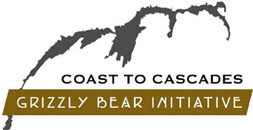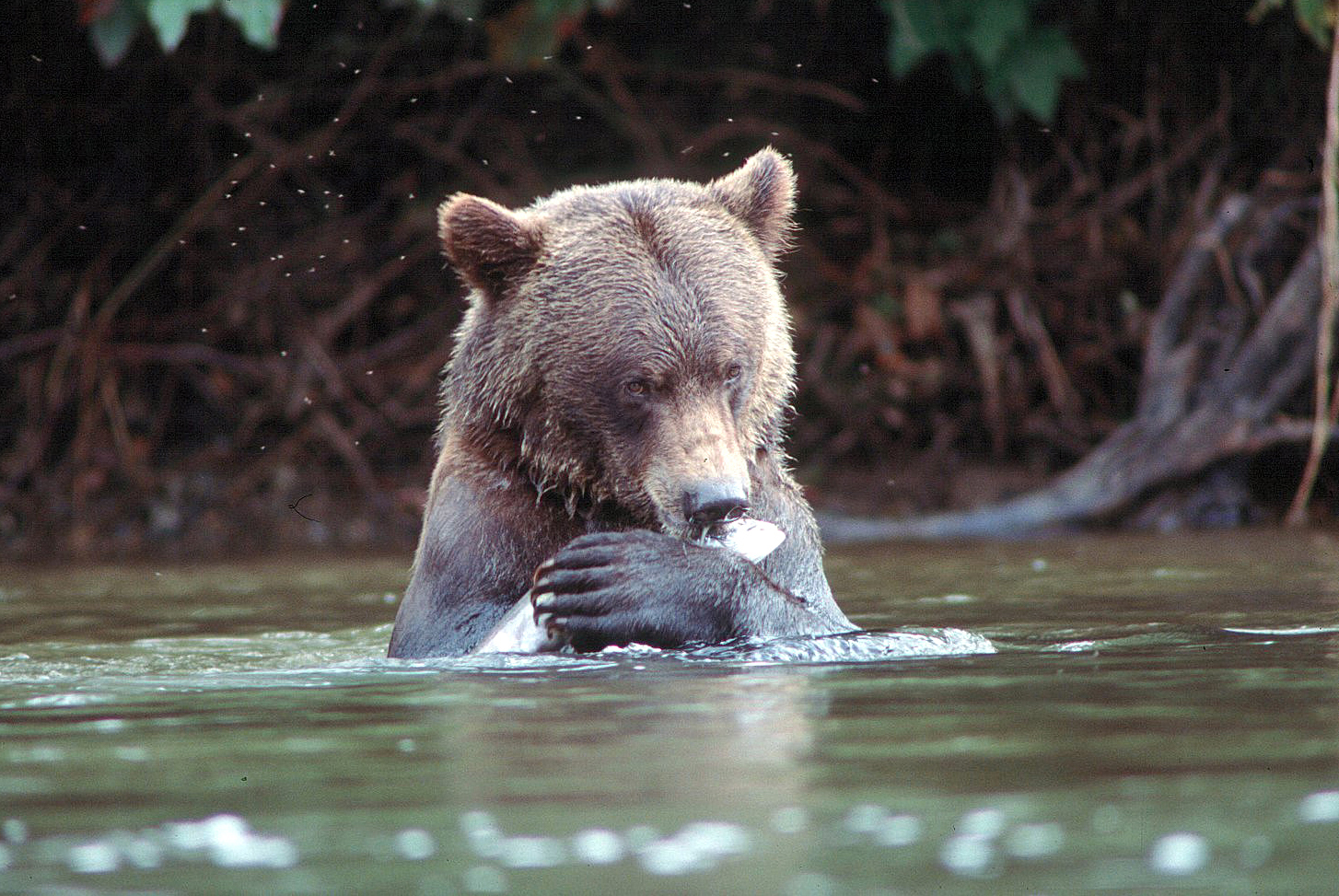If you had been travelling through what is now the American West 300 years ago, you would have shared the land with thousands of grizzly bears. At one time the area was home to over 50 000 bears, with a range that extended all the way into Northern Mexico. Now there are around 2000 grizzly bears in the lower 48 states, occupying around 3% of their original range.
Since 1975 when grizzly bears were included in the Endangered Species Act there have been initiatives to revive them in parts of their former home. One such area is the North Cascades in Washington where the National Park Service and other agencies have been working for decades now to recover the grizzly bear population. According to Jack Oelfke of the North Cascades National Park Complex "It's taken us a long time to get there, for multiple reasons."
While traditionally there was a large bear population in the region, it was mostly wiped out in the late 1800's due to the European fur trade, with a small population remaining until recent times . As a result a key part of Jack's job is "trying to talk with a public that hasn't seen grizzly bears on the landscape for some time." An important step in the recovery plan is engaging with local communities and educating them about the realities of living with grizzly bears. People's concerns are what you would expect: safety, loss of access and effects on livestock. "There's so much in the press about negative grizzly bear encounters and that's what sticks in people's minds...My response to that is they're doing it successfully elsewhere, people are living and recreating with grizzly bears safely, I think we can do it here."
Jack's work is further complicated by the fact that the grizzly bears over the border in Canada aren't doing so well either. The grizzly bear population in the Canadian Cascades is estimated to be as few as 6 bears. For conservationists in the US it creates a dilemma; wait for Canadian populations to recover and slowly make their way south or to reintroduce bears from another population.
Currently the US government is considering all options however, in the long run re-establishing that cross-border connection will be key. "It's pretty basic, it's the connectivity with BC populations and any bears here in the state. Right now we think that's largely lost." For Jack and the National Park Service the need for cross-border cooperation is clear. "There's so much we can do to support each other. The Coast to Cascades Initiative can only help the possibility of recovery down here."
Luckily species revitalization in the region can happen as shown by the recent re-introduction of fishers into the North Cascades. The initiative brought together Indigenous nations, conservationists and local communities to help revive an animal that had been extirpated from the region 70 years ago. "It appears to be going quite well. Could that transfer into grizzly bears as well? We could hope."
In the meantime Jack's work focuses on preparing communities for living with bears again. The strategy is clear: talk to anyone and everyone. This means not only allaying people's fears but also teaching people about how to reduce human-grizzly conflict. "Getting people to be tolerant of grizzly bears and living, working, and recreating around grizzly bears is vital to making this a success."
With most grizzly bears only having a handful of cubs in their lifetime, reproduction and recovery are slow processes. According to Jack it is vital that communities and government are able to take a long term view. "Hopefully people have that patience and stamina and endurance to commit to that. It's just gonna take a long time."
Learn more about the work Jack Oelfke and the National Park Service are doing to restore grizzly bears to the North Cascades here. For more information on grizzly bear research.

